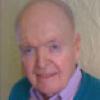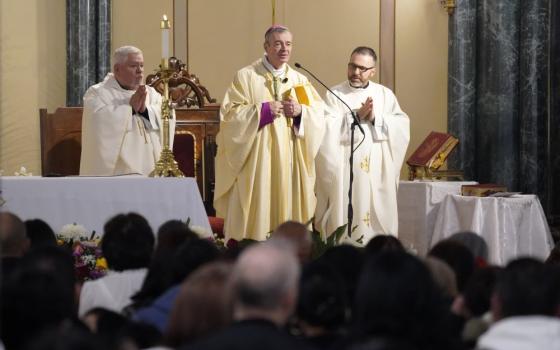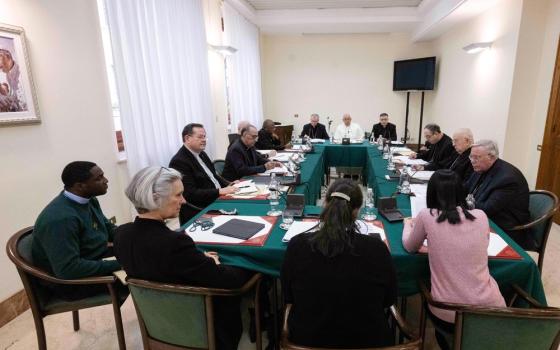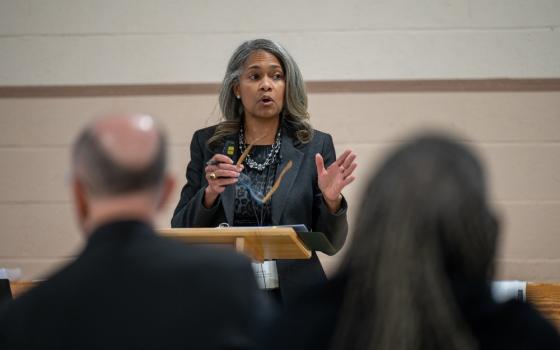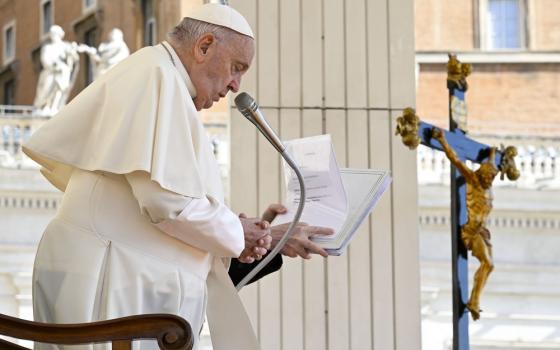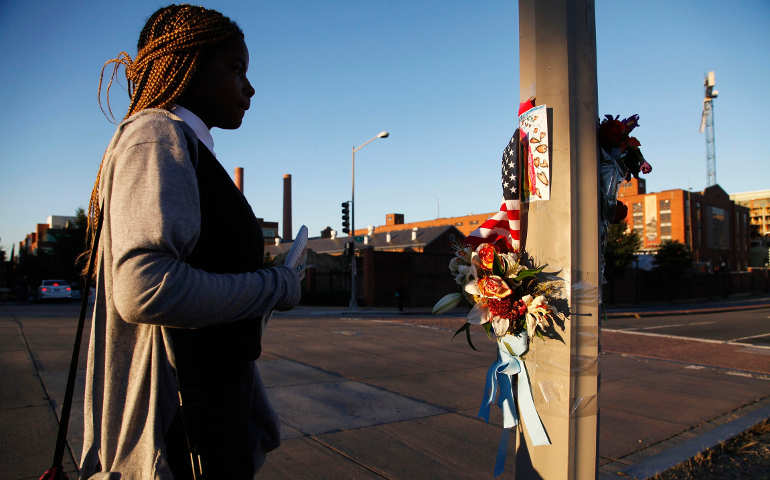
Ernest Hemingway celebrated the corrida in Death in the Afternoon, but we can see how empty is his obsession with the ritualized test of manhood in the bloodletting of the bull when we are confronted, as we were in September, with death in the morning at the Washington Navy Yard.
The touching revelation of this episode is found in the everyday, everyman characteristics of the victims. They did not bring the matador's bravado to work with them; they had not dreamed of achieving the specious glory that the great writer sought in his lifelong effort to prove his manhood to us and to himself in an endless round of blood sport.
These victims brought their ordinariness to breakfast Sept. 16. They were like the people sitting around us on the plane or the bus, a random gathering of all of us going the same way at the same time. We would blend in easily with these men and women, for none of them looked like a movie star nor would any ever be featured on the cover of People magazine: These victims from the midrange track of life, starting another day in another week of work -- we will be standing among the same mix of people at the Last Judgment, men and women, in short, just like us.
Fifty-nine-year-old Michael Arnold of Lorton, Va., was a Navy veteran who had been married to his wife, Jolanda, for more than 30 years and had two grown sons. He had visited his 80-year-old mother in Michigan on Labor Day. Arnold had been building a light airplane at his home, "the first plane he ever owned," his uncle said.
Kathleen Gaarde, 63, of Woodbridge, Va., worked as a financial analyst. Her husband, unable to speak, wrote, "Today my life partner of 42 years (38 of them married) was taken from me. ... We were just starting to plan our retirement activities and now none of that matters. It hasn't fully sunk in yet but I know I already dearly miss her."
Fifty-year-old Frank Kohler was the jovial American joiner. He had been the president of the Rotary Club in Lexington Park, Md., and always ran the beer stand at the October oyster festival, proudly holding the title of King Oyster. He had driven up to discuss a new position he was taking over at the Navy Yard and arrived in time for breakfast. He was "a great family man, a Christian, and a great friend," said Bob Allen, who had worked with him previously. "It just doesn't seem possible."
Information technology specialist Mary Knight, 51, was the daughter of a former Green Beret instructor, and had graduated from the University of North Carolina at Chapel Hill. Her mother, Lilly, told a Raleigh television station that the shootings were a test of faith. "I hope there is such a place as heaven," she said. "You know, you pray for your family and sometimes I wonder. I really do."
And there was naval architect Vishnu Pandit, 61, a "hard-working Indian immigrant, known for his devotion to his family, community and 30-year civilian Navy career," The Associated Press wrote. His self-effacing good humor surfaced gently in his preference for the nickname Kisan, the Hindi word for peasant. "He was a gentle man," a neighbor said simply. "I really loved him and his family."
As at Newtown, Conn., before Christmas in 2012, we are faced with a small-letter mystery about the motivation and easy entrance to the Navy Yard by a profoundly disturbed shooter. We will now hear voices raised about gun control and others about God's lack of control, for how, writers like Richard Dawkins famously contend, could God be other than a "delusion" if he lets such terrible things happen?
This incident really confronts us again with capital letter Mystery in which we are all involved every day. This Mystery, like a tornado that touches down now here and now there to leave wreckage and sorrow in its wake, presents believers with a fundamental test of faith. For such tragedies ask us to affirm an imperfect world, the world just as it is, with sadness ever drifting through the air like the smoke of burning leaves. There is "no cure for autumn," John Cheever once wrote, "no medicine for the north wind."
Believing asks us to say yes to this great Mystery of life and love and longing and death, to this brokenness that we are called to mend every day. We go to church not to find religion there but to find spiritual ratification for our everyday religious experience. Faith does not solve the Mystery. Rather, it draws us deeply into it, holding up the torches of the sacraments that are made up not of magic elixirs, potions, and lightning bolts from another world but from what is humanly at hand in life every day: bread and wine to nourish us, the consoling sound of the priest's words of absolution and his hand dipped in the chrism to heal us, homely things, and holy things too, as simple as the men and women who did not realize that their gathering at the breakfast table was their gathering at the altar of the Eucharist at which they unknowingly celebrated what they experienced in lives of love and service every day -- the separation oil the body and blood of the Lord that lifted the burden of time off their backs and made straight their way into eternity.
Mystery's root is in the word that means to close one's lips and eyes, to stand speechless before it. We stand there together, unable to say anything as we look at these good people drawn together through long roundabout passages to the table at which they shared their last meal together.
These are the kind of men and women Norman Rockwell spent his life painting, revealing their off-guard goodness on canvases that displayed the great mystery of the ordinary that defined life. Now we can see these good people over Rockwell's shoulder and grasp what he strove to depict: the Mystery in the ordinary and that the ordinary is, in fact, the Mystery.
[Eugene Cullen Kennedy is emeritus professor of psychology at Loyola University, Chicago.]
Editor's note: We can send you an email alert every time Eugene Cullen Kennedy's column, Bulletins from the Human Side, is posted. Go to this page and follow directions: Email alert sign-up.
